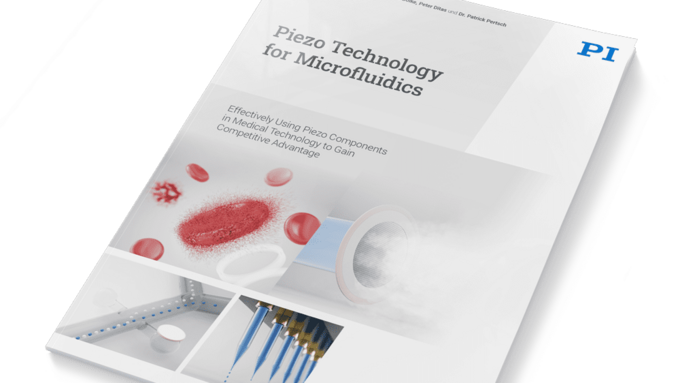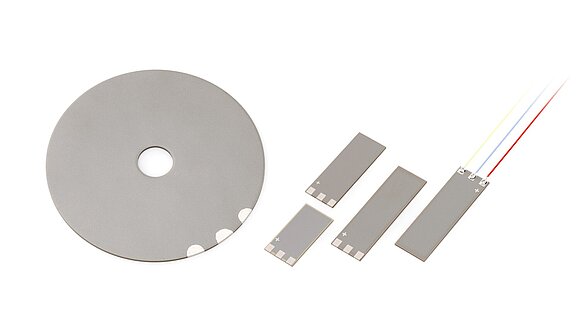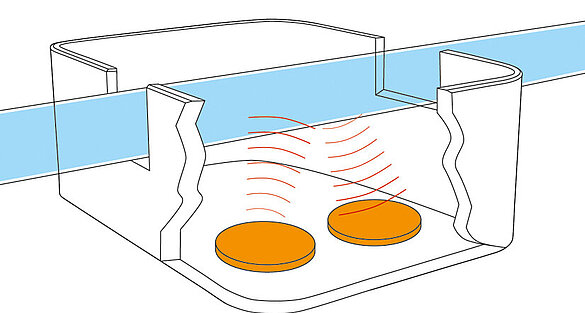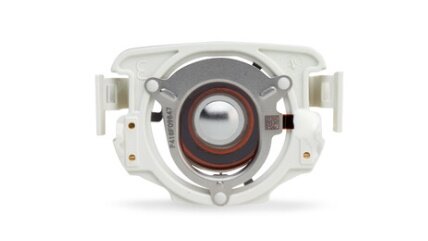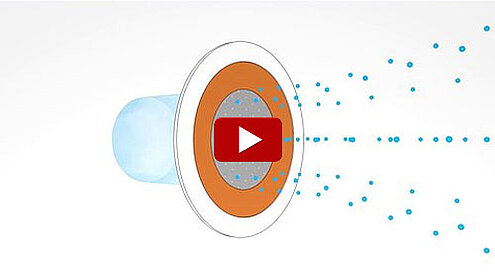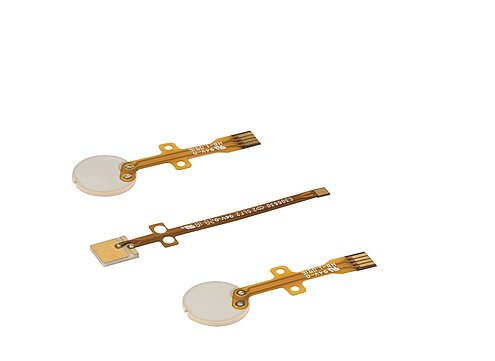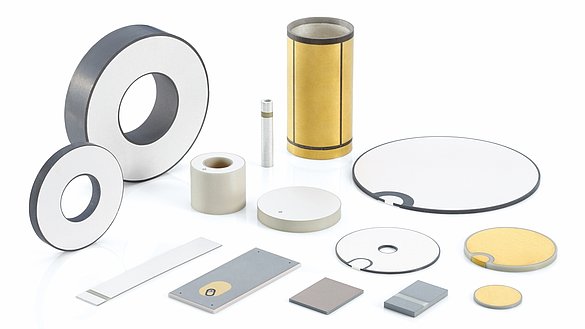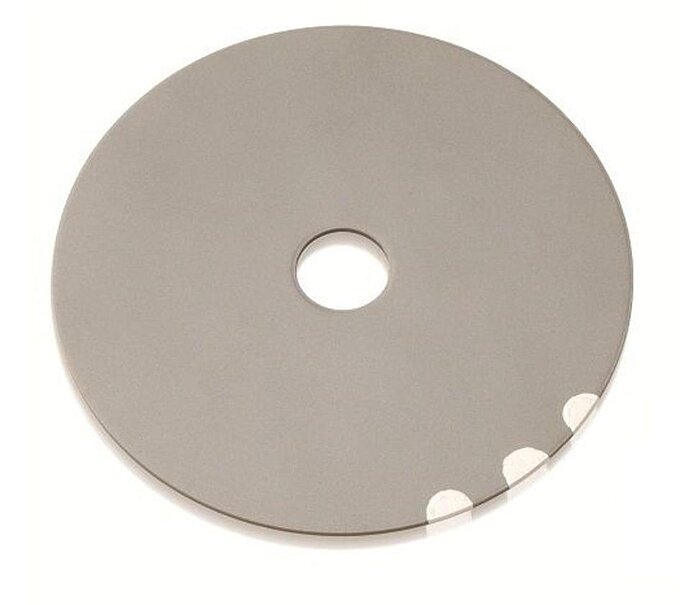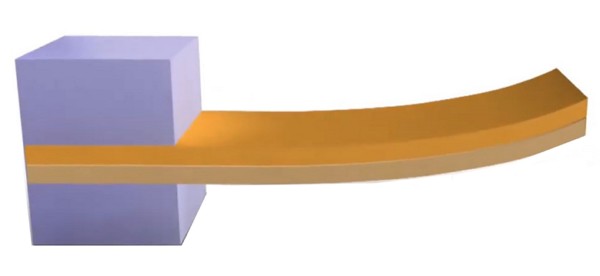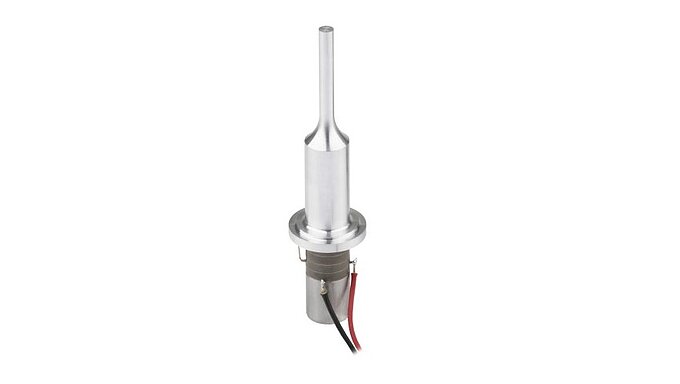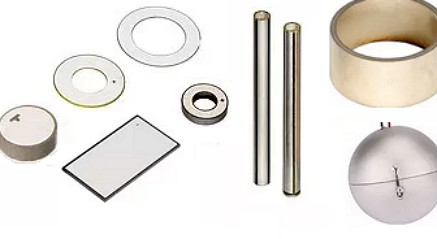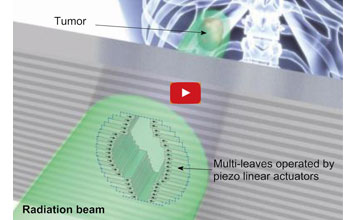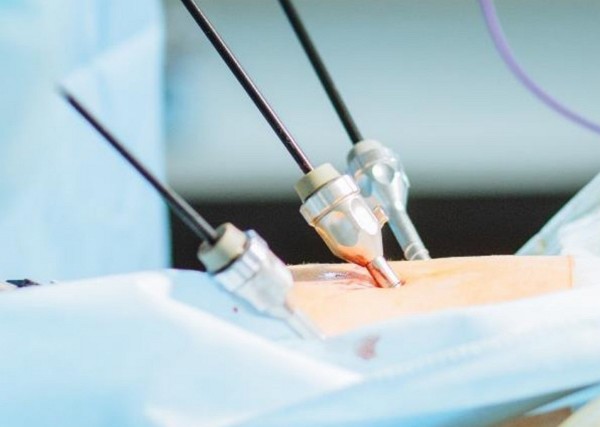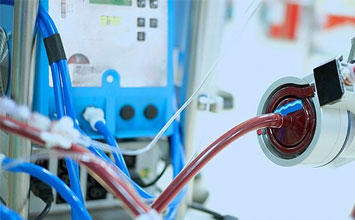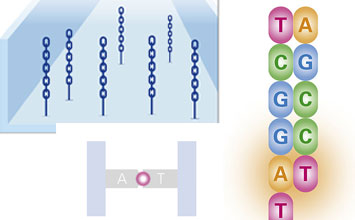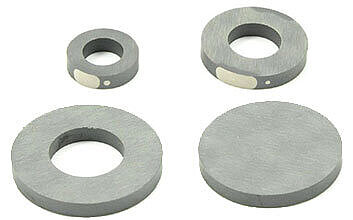Piezoelectric Transducers for Nebulizers, Valves, and Ventilators
Fight against chronic respiratory diseases with oscillating mesh nebulizers, based on Piezo Technology, by dosing medication efficiently.
Piezoelectric transducers are at the heart of many a medical apparatus. Chronic respiratory diseases, like mucoviscidosis, asthma or chronic obstructive pulmonary disease (COPD) but also bronchitis, influenza, and lung diseases, require extensive medical treatment. Medical ventilation can be used to save a patients’ life, improving their clinical condition during the recovery phase or for drug therapy. Medical nebulizers facilitate pulmonary disease therapy by vaporizing drugs into ultra-fine aerosols so they can be inhaled deeply into the lungs with fewer patient side effects.
Piezoelectric Transducers for Gentle, Heat-Free Processes
In a piezo-based mesh nebulizer, a piezoceramic ring element generates precise, high-frequency movements when electrically activated. This causes a wafer-thin metal membrane, perforated with thousands of miniscule holes in the center of the ring, to vibrate in the ultrasonic range (>20kHz), without generating human audible noise. The membrane’s vibrations turn liquid medication beneath it into a fine, uniform mist above it, which can then be inhaled by the patient.
This gentle process avoids heating and applies minimal shear forces, protecting the complex protein structures in modern medications and preserving the biological activity of the active ingredients. Smart electronic controllers can synchronize the piezo actuation with the patient's breathing pattern to maximize the efficiency of drug delivery. Additionally, the membrane material, hole geometry, and control frequency can be precisely customized to suit the specific characteristics of different medications, such as viscosity or desired droplet size.
Piezo Transducers Provide Precision and Reliability for Ventilators
Piezo transducers can also be used in medical ventilator systems. They ensure regular lung functionality and replace spontaneous breathing for patients with seriously damaged lung functions by means of controlled gas inhalation, exhalation, and oxygenation. They are used in case of serious respiratory failure or respiratory deficiency caused by various diseases. These systems are used to accompany anesthesia during surgeries and in intensive care. When it comes to intensive care with medical ventilation systems, reliability and precision are key.
Ventilators deliver a blend of air and oxygen to patients while maintaining sufficient pressure to ventilate the lungs. Piezo actuation technology can be used to control valve functions across a range of flow rates, from high to low velocity. Piezo actuators can either directly control valves or work against a closing spring or flexible tube for volume displacement. This technology allows piezoelectric valves to be designed in very compact sizes with PICMA® Multilayer Bending Actuators offering displacements of some millimeters.
Due to their extremely low energy consumption, piezoelectric transducers are ideal for battery-operated portable ventilation devices. The excellent control characteristics of piezoelectric valves using proportional technology allow a very fast and dynamic motion of the valve. As they are very silent in operation, piezo valves are suitable for permanent use even in environments sensitive to noise such as intensive care.
Contactless Flow Measurement with Piezo Transducers
Controlling and monitoring of gas flows are the main tasks in medical ventilators. They enable a continuous air flow, but also detect drops in the flow rate, to adapt the operation of the ventilation system. For run time measuring, piezo components such as discs or plates can be used in ultrasonic transducers to reliably determine gas flow velocity and flow rate. They furthermore allow contactless monitoring of liquids from outside the fluid chambers, which makes them specifically suited for use in medical devices as it prevents contamination. Ultrasonic flow sensors are used in ventilator systems, within the stationary device as well as in respiratory mask itself – depending on the design.
The therapeutic treatment of respiratory diseases traditionally requires drugs to be administered via jet nebulizers. In these devices, the inhalation solution is compressed into very fine droplets. Another solution would be generating droplets using piezoelectric technology in membrane nebulizers with piezo rings, discs or plates acting as ultrasonic piezo transducers. They excite a stainless steel membrane with several thousands of micrometer sized holes to high-frequency vibrations and produce particularly homogeneous aerosols. Their compact design and flexible movement modes allow for high forces, accelerations and ultrasonic operating frequencies.
Membrane Nebulizers: Efficient Aerosol Generation with Piezo Technology
Piezo-operated aerosol generation ensures that high-quality drugs are applied in a more targeted manner, opening up innovative therapy concepts and significantly reducing the risk of side effects. As piezoelectric ceramics use a crystal effect to generate displacement, they exhibit neither friction nor wear and therefore don’t require maintenance. Another benefit of piezoelectric aerosol generators is that they are suitable for professional cleaning. Most importantly for patients, membrane nebulizers require far less time to nebulize drugs than conventional systems. In operation, they are almost inaudible and with minimal energy required, the piezo components are highly suitable for portable inhalation devices. This significantly increases the quality of life, especially for patients with chronic respiratory diseases having to inhale frequently.
Value Added Piezo Assemblies by PI Ceramic
Whether it is integrating piezo ceramics into ultrasonic transducers or glueing piezo transducers to membranes or diaphragms, PI’s Piezo Ceramic division can do more for you than just manufacturing piezo elements. With our profound know-how in testing and packaging, we also support customers in glueing or contacting piezo components, as well as in assembling even entire transducers.
Blog Categories
- Aero-Space
- Air Bearing Stages, Components, Systems
- Astronomy
- Automation, Nano-Automation
- Beamline Instrumentation
- Bio-Medical
- Hexapods
- Imaging & Microscopy
- Laser Machining, Processing
- Linear Actuators
- Linear Motor, Positioning System
- Metrology
- Microscopy
- Motorized Precision Positioners
- Multi-Axis Motion
- Nanopositioning
- Photonics
- Piezo Actuators, Motors
- Piezo Mechanics
- Piezo Transducers / Sensors
- Precision Machining
- Semicon
- Software Tools
- UHV Positioning Stage
- Voice Coil Linear Actuator
- X-Ray Spectroscopy

